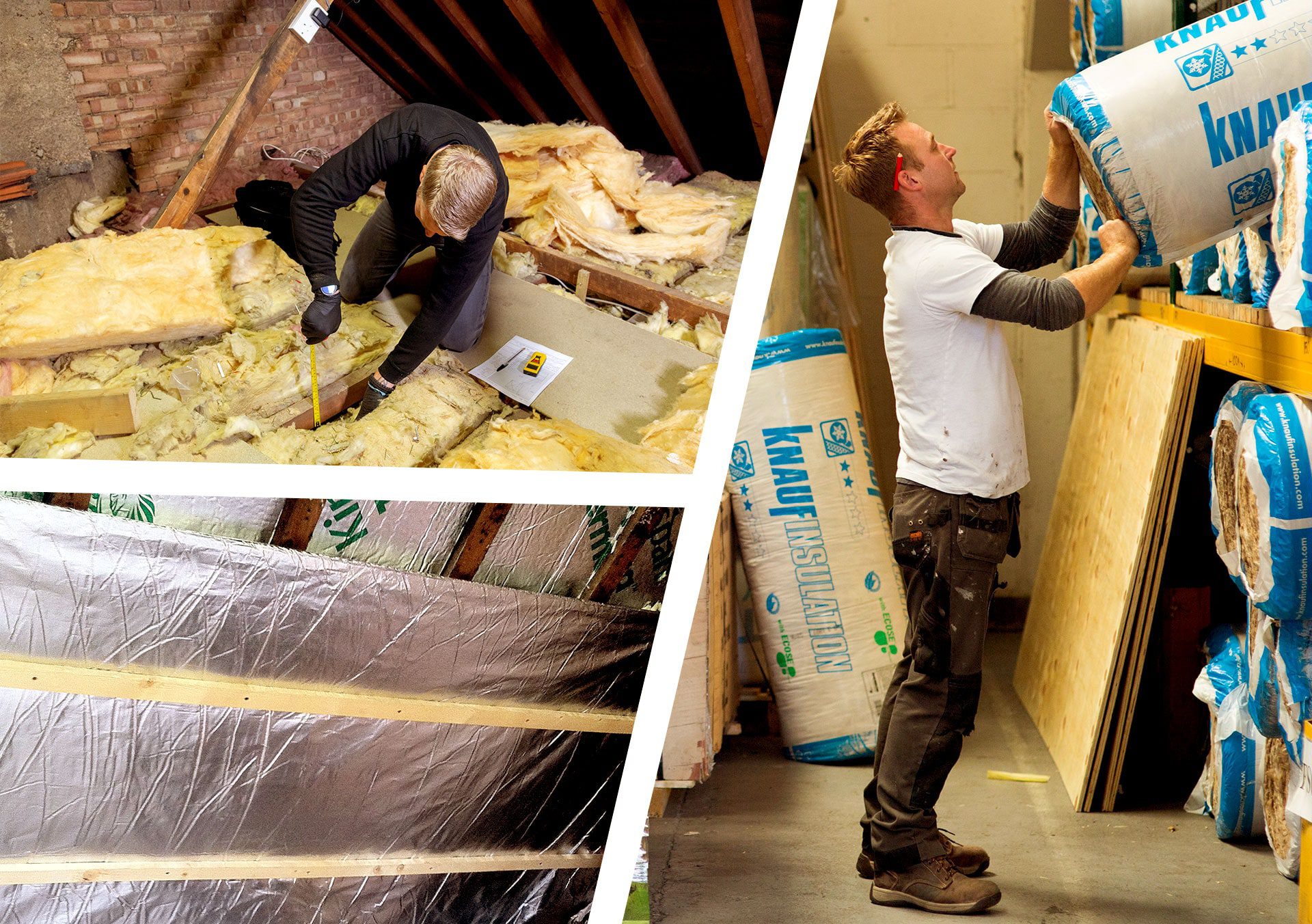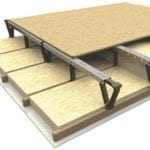
At one time, we’d pump heat into our homes and accept that much of it would be lost. Today, though, we’re far more aware of the impact of wasted heat on everything from the bank balance to the environment. There are many places to insulate your home, but the loft is the single most important.
Financial saving
The most obvious difference offered by an insulated loft is the saving in energy bills, and it’s very simple here. It’s estimated that a quarter of all the escaping heat from a building goes through the roof. If that could be stopped, your bills should be reduced by a quarter.
Your home may already have some loft insulation, though not necessarily the 270mm required by current government regulations. Compared with an uninsulated loft, though, having full loft insulation will save you between £120 and £225 on your annual energy bill, depending on the size and type of house. That means you could recover the modest cost of the insulation in as little as two years.
Carbon footprint
Most of us are aware that using more energy damages the environment, and we want to do something about it. Fortunately, saving money and saving the planet go hand in hand where loft insulation is concerned.
Loft insulation cuts your carbon footprint along with your bills. For the same range of homes, the difference between a house with no loft insulation and one with 270mm could reduce your annual carbon output by anything from 530kg to a massive 990kg.
Energy performance certificate
Before selling your home, you have to get an Energy Performance Certificate, which records how energy efficient the building is. This is calculated by points, and the rating is likely to affect the price you can ask.
It’s been calculated that the difference between a three-bedroom end-of-terrace house with no loft insulation and one with 270mm is 15 points, a substantial improvement. Having even thicker insulation improves it a little further, but the returns begin to diminish.
Extra space
Most of us need more room, and the loft space is perfect for expansion. The problem is that an uninsulated loft is difficult to use even for storage since damp and uncontrolled temperature fluctuations can damage items. Certainly, if you’re intending to spend much time in the loft, you’ll need full insulation.
Loft insulation is one of the cheapest home improvements you can make, but it makes a massive difference, financially, ecologically and practically. Get in touch with us if you want a chat about how it could benefit you.
Read more: our ultimate guide to loft insulation.
Was this post useful? Here are some other’s you might like...






